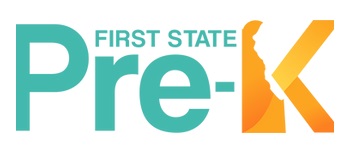In Delaware, raising a family with children is expensive. Whether or not a family can afford child care depends on income remaining after paying basic household expenses.
Despite recent state investments, there are still significant needs to help families afford child care. Dependable care means parents can work and children can get a strong start in life. However, many working families make too much to qualify for public assistance but not enough to include child care in their basic budget.
The family calculator is a policy tool that allows users to select their county and based on median income for that county, understand whether or not a family can access the licensed child care market after paying basic monthly expenses. Child care expenses are based on the 2021 “market rate” which is outdated, lower than the actual cost of care, and far below the cost of quality care.
For families who wish to see if they qualify for child care subsidy, please visit the Delaware Department of Health and Social Services, Division of Social Services web page.
To better understand the challenges of affording child care by occupation, please check out Rodel’s Child Care Affordability Calculator by Occupation.


